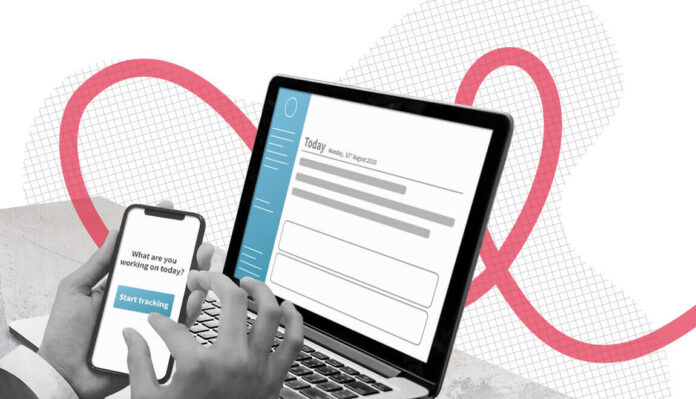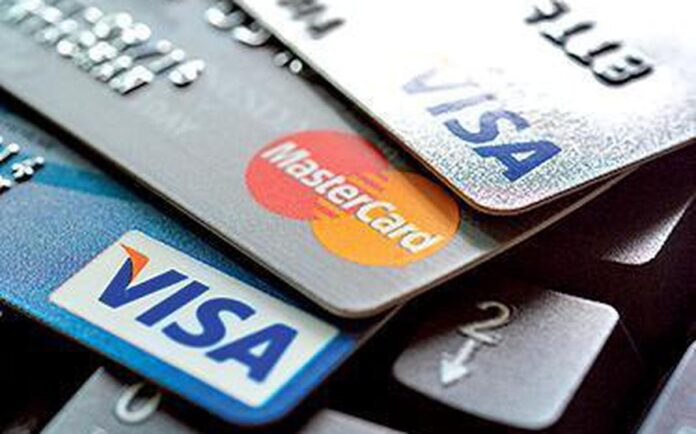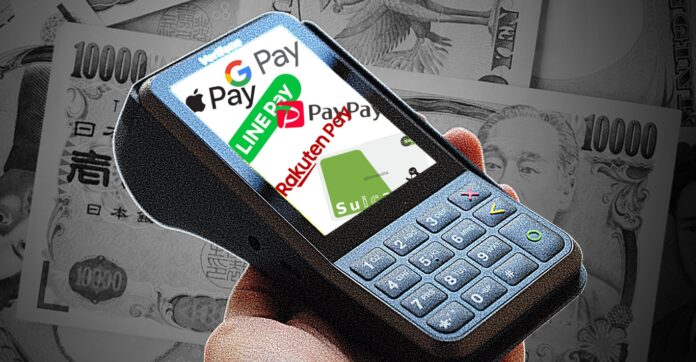In January of 2024 alone, there were over 292 million credit card transactions in the UK. This was a significant increase from the same month the previous year, and the general trend is that these numbers are only going to go up over time.
As a result of the growing number of people using cashless payment methods to pay for products and services, a huge chunk of all the transactions and payments made in the UK are now cashless. And because of that, there’s never been a better time for your business to start accepting cashless payments too.
However, before you decide to take your business down the cashless route, you need to weigh the cashless business pros and cons to see if going cashless makes sense for your company.
To help you come to a conclusion, in this article, we’re going to go over some of the major pros and cons of running a cashless business. That way, you will have a crystal clear idea of the advantages and disadvantages of a cashless business before you make the transition.
Read on to learn more.
1. The Upside
In the last 10+ years, many businesses have started to adopt cashless payment options. And today, many of those companies are completely cashless – some even refusing to accept cash as a payment method. To give you a better idea of why that is, here are some of the biggest upsides of going cashless.
2. Lower Operation Costs

The UK economy has been using a physical cash system for a very long time. As a result of it becoming the standard, many small business owners and even seasoned managers don’t know that using cash to transact with your customers actually costs you money.
For example, if you use cash in your business, you have to train the employees to use the register. On top of that, there are many different pieces of equipment that you’re going to need to buy before you can start accepting cash payments.
Think about it: if a business operates using only cash, they have to spend a lot of time and effort counting the money after a full day’s work, which means that you’re going to have to pay the employees for their time as well. Additionally, bringing the money to the bank and depositing it is not cheap.
If you go cashless, all of the above costs will disappear. That way, you and the employees can spend more time on other important tasks that will drive and move the business forward.
3. Convenience
The next reason businesses should consider going cashless is out of pure convenience. We already talked about how handling a lot of cash can actually cost you money. However, we also need to talk about how inconvenient it would have to be to figure out how to store and transport money in your establishment in a secure and safe manner.
On top of that, many customers would rather go cashless as well because of the convenience it brings them. If you think about it, they no longer have to bring and risk losing their physical cash, count it up, and give it to your employees at the till. Paying cashless will save them a ton of time and effort.
4. Easier Tracking

When you go cashless and take only digital payments, every transaction and the money associated with it is much easier to track. This is because you can store all the transaction records digitally. Not only will this save you physical space, but it also allows you to search for records much easier and find the details of any transaction that has ever taken place in your organization.
5. The Downsides
Going cashless can be extremely beneficial for all parties involved. The convenience can entice more customers to shop, while the business will have an easier time keeping track of their money and orders.
However, going cashless doesn’t come without any downsides, and in the section below, we’ll take a look at some of the most relevant disadvantages.
6. Operational Fees

Firstly, while you might be able to save some money if you go cashless since you don’t have to worry about physical storage and transport of the cash, accepting digital payments is not free.
Most of the time, if you want to have a credit card system in your store, you will need to pay for the system as well as a fee to accept transactions. And though the fees can vary from provider to provider, coming up with a good deal can be pretty challenging.
That’s why it’s essential to look at different providers when looking to start accepting cashless payments. When doing this, you get to see how much different providers charge for their service and find the best deal for your organization.
One of the standouts in this industry is tapeeno. With tapeeno, your business can accept credit card payments without a machine at all. Instead, all you need is a smartphone. To accept payments, simply enter the amount the customer needs to pay, they can then tap their card on the smartphone, and that’s it.
It’s easy, simple, and a whole lot more affordable since you won’t have to deal with the hefty fees set out by the typical card machine providers.
7. Not All Customers Have Credit Cards
The thing about going completely cashless is that you might end up pushing away some of your customers. While there are many people in the UK who use their cards for the majority of their transactions, there are still a lot of people without credit cards. So, if you don’t accept cash, you risk sending customers away from your establishment.
If this is a concern of yours, you may want to consider still accepting cash payments on top of other cashless alternatives such as tapeeno.

Conclusion
In this day and age, paying with cards and digital payments is the norm. A lot of purchases are now accomplished using a credit card or other types of digital payment methods, which is why many businesses are considering making the switch themesleves.
And while there’s a lot of pros to going cashless, there are also a number of downsides as well. So, before deciding on going cashless or not, make sure to understand the different cashless business pros and cons. That way, you get a full picture before making a decision that could greatly affect your business.









